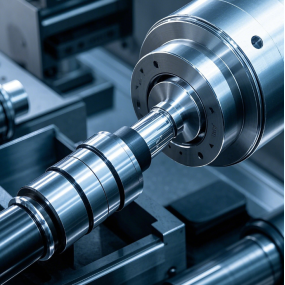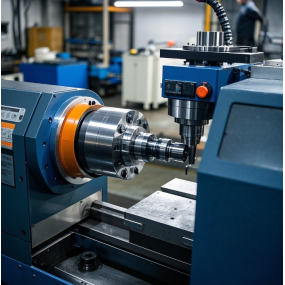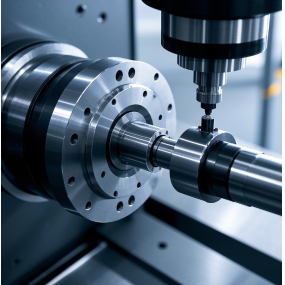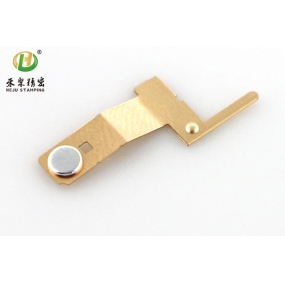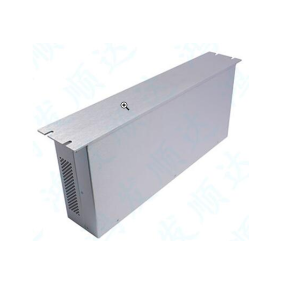3D printing technology, also known as additive manufacturing technology, works by building from scratch and accumulating layer by layer, which is significantly different from traditional subtractive manufacturing techniques such as turning. However, if you consider using 3D printing technology to manufacture parts that resemble turning parts, the basic steps can be outlined as follows:
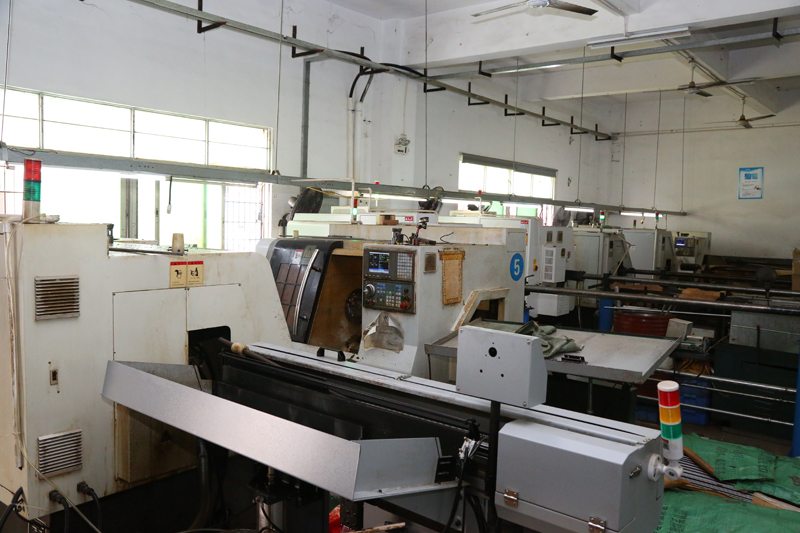 Design Model: Use Computer-Aided Design (CAD) software to create a digital model of the desired part. When designing, factors such as the size, shape, functional requirements of the part, and the specifications, material properties, and manufacturing accuracy of the 3D printer need to be considered.
Design Model: Use Computer-Aided Design (CAD) software to create a digital model of the desired part. When designing, factors such as the size, shape, functional requirements of the part, and the specifications, material properties, and manufacturing accuracy of the 3D printer need to be considered.
File format conversion: Convert CAD models to STL file format, a universal 3D model file format that is easy to read by 3D printers. During the conversion process, some optimizations and adjustments may be required to improve printing efficiency and reduce printing time.
Printing preprocessing: Before importing the STL file into the 3D printer, perform a series of preprocessing operations, such as adjusting the model size, setting printing parameters (such as printing material, printing resolution, layer thickness, and printing speed, etc.), and selecting the appropriate material.
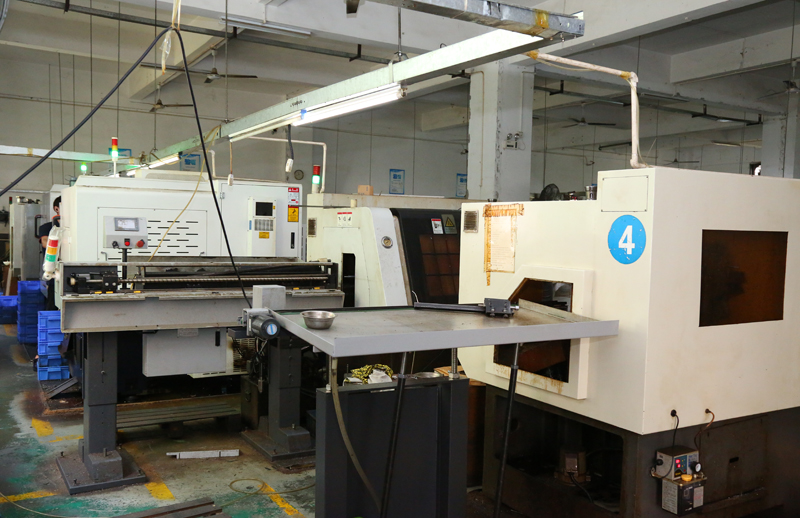 Start printing: According to preset parameters and instructions, the 3D printer will stack materials layer by layer until the entire part is completed. During the printing process, it is necessary to closely monitor the status of the printer and the printing progress to ensure the smooth progress of the printing process.
Start printing: According to preset parameters and instructions, the 3D printer will stack materials layer by layer until the entire part is completed. During the printing process, it is necessary to closely monitor the status of the printer and the printing progress to ensure the smooth progress of the printing process.
Post-processing: After the printing is completed, the necessary post-processing is carried out on the parts, such as removing the support structure, sanding the surface, painting, etc., to improve the appearance quality and durability of the parts.
It is important to note that although 3D printing technology can fabricate parts with complex shapes, it may not be able to completely replace traditional turning processing in some aspects. Therefore, when choosing a machining method, comprehensive consideration needs to be made according to the specific needs and processing conditions of the part.
The above steps are for reference only. For more detailed information, it is recommended to consult a professional in the field of 3D printing.


 Spanish
Spanish Arabic
Arabic Spanish Basque
Spanish Basque Portuguese
Portuguese Belarusian
Belarusian Japanese
Japanese Russian
Russian Icelandic
Icelandic Bulgarian
Bulgarian Azerbaijani
Azerbaijani Estonian
Estonian Irish
Irish Polish
Polish Persian
Persian Boolean
Boolean Danish
Danish German
German French
French Filipino
Filipino Finnish
Finnish Korean
Korean Dutch
Dutch Galician
Galician Catalan
Catalan Czech
Czech Croatian
Croatian Latin
Latin Latvian
Latvian Romanian
Romanian Maltese
Maltese Malay
Malay Macedonian
Macedonian Norwegian
Norwegian Swedish
Swedish Serbian
Serbian Slovak
Slovak Slovenian
Slovenian Swahili
Swahili Thai
Thai Turkish
Turkish Welsh
Welsh Urdu
Urdu Ukrainian
Ukrainian Greek
Greek Hungarian
Hungarian Italian
Italian Yiddish
Yiddish Indonesian
Indonesian Vietnamese
Vietnamese 简体中文
简体中文 Haitian Creole
Haitian Creole

